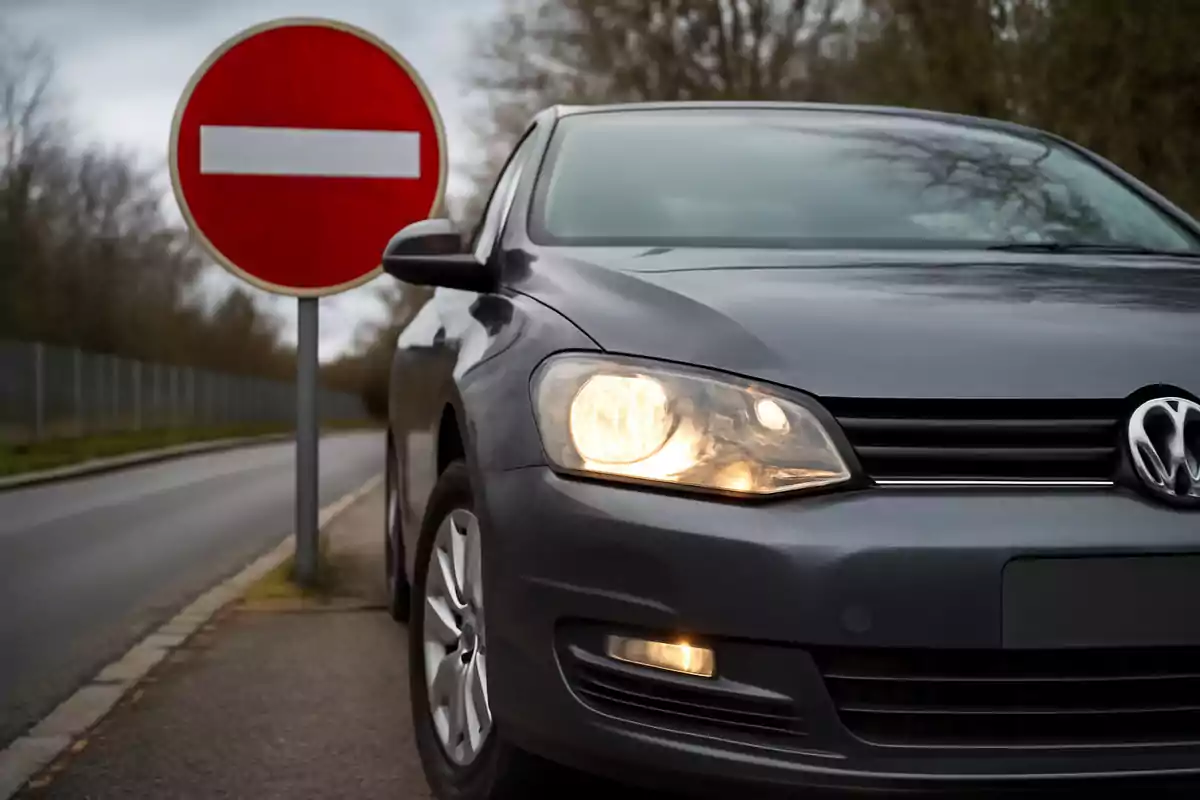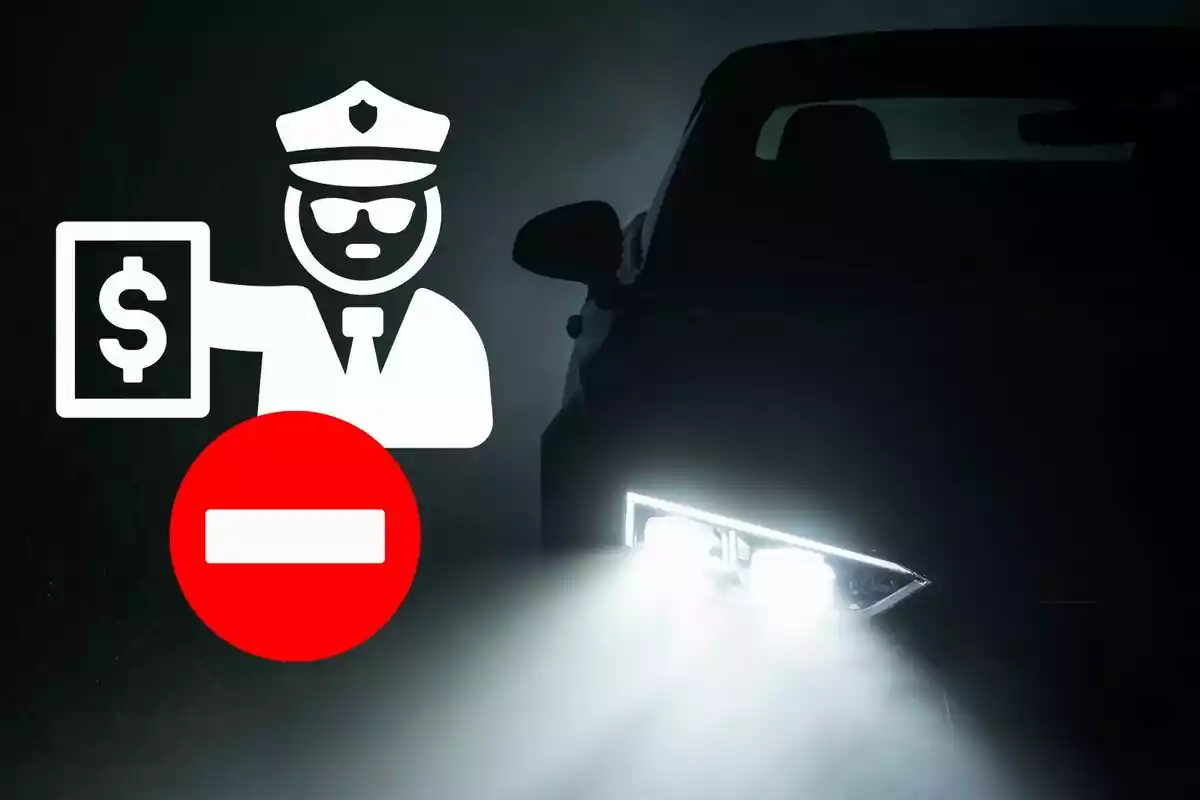A new measure in Massachusetts has sparked controversy in the automotive world. The law now bans certain replacement LED headlights that many drivers had installed to improve visibility. The problem isn't the brightness or the power; it's the lack of certification.
The confusion has led to fines, inspections, and many questions. Here we explain what's happening and how it could affect you.
Which headlights are banned?
The focus of this law is on replacement LED bulbs installed in halogen headlights. In other words, if you replaced the original bulb with a more modern LED one, you could be violating the regulation, even if it seems like an improvement.
This type of bulb isn't banned because of its brightness or because it causes glare. The reason is more technical: they haven't been certified as part of a complete system.

LED lights that come from the factory, on the other hand, are completely legal. They have been designed, tested, and approved as a set with their lenses and reflectors.
What does the law say exactly?
According to the Code of Federal Regulations, every lighting system must be approved as a complete unit. The regulation (Title 49, Part 571.108) requires that the lens, bulb, and reflector work together and that they have passed specific tests.
When you install an LED bulb in a headlight that wasn't designed for it, the set is no longer certified. Even if it seems to work well, legally it isn't valid.
It doesn't matter if it lights better or doesn't cause glare. If it isn't a system tested as a whole, that's already grounds for a penalty.
Why are people upset?
Many drivers feel that this law doesn't make practical sense. Often, LED headlights offer better visibility, use less energy, and last longer. For many, it's a clear improvement, not a problem.

But the regulation doesn't assess whether the light is good or bad. It only focuses on compliance with the legal process. That has caused frustration and confusion.
In some cases, drivers didn't even know they were breaking a law. They bought LED bulbs online or at workshops, trusting they were a safe improvement.
Now, with the new inspections in Massachusetts, many are receiving fines without prior notice.
What can you do?
First: check what type of lights your car has. If you ever replaced halogen bulbs with LEDs without changing the entire headlight assembly, you could be in violation.
Consult a trusted workshop; they can tell you if your headlights meet the required certification. If you're about to change your lights, avoid cheap kits or generic bulbs. Make sure the entire system is approved.
If you've already made the change, it's better to correct it before you get fined. The law is already in effect and penalties have begun.

